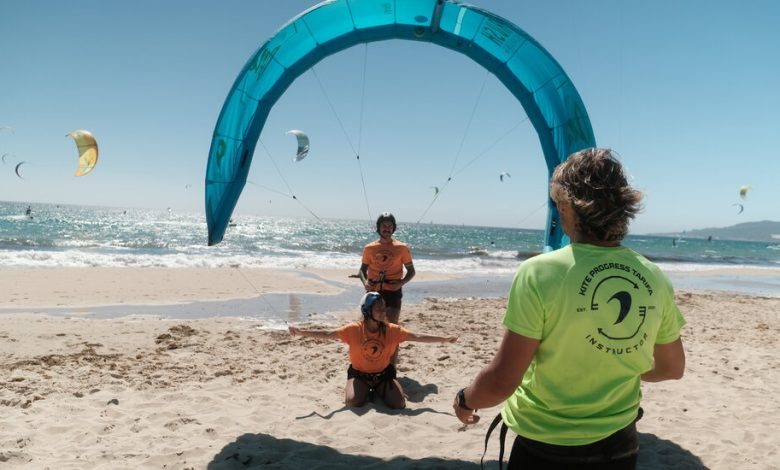6 Beautiful, Breezy Places to Learn to Kiteboard

Some adrenaline-thirsty travelers pursue fresh powder, and some seek the perfect surf break. Others strap themselves to a 30-foot kite and skim across the waves, looking for a chance to catch a little air.
“When I’m out on the water I feel like a kid again,” said Jennine Cohen, 43, the founder of Wild Blue Retreats, which leads wellness-focused kiteboarding trips around the world.
Kiteboarding, also called kitesurfing, typically relies on an oblong-shaped board, which riders stand on like a snowboard. An arc-shaped kite attaches to the waist, while a hand-held bar allows riders to direct the kite.
In August, kiteboarding will make its Olympic debut in Marseille, France, reflecting its skyrocketing popularity. In the past decade, according to the International Kiteboarding Organization, which offers a beginner course through its affiliated schools, the number of new kiteboarders certified to ride independently more than doubled, to 50,000 in 2023 from 23,000 in 2014.
The rapid speeds and sometimes soaring jumps may give people the feeling that kiteboarding is dangerous, but when you learn from a certified instructor, it is generally safe as long as you know how to swim, said Frederic Béné, 57, a co-founder of the I.K.O., which represents more than 700,000 kiteboarders, 5,000 certified instructors and 350 affiliated centers in more than 60 countries.
To learn the basics, Ms. Cohen recommends blocking out at least five days for lessons and choosing a destination with consistent side-onshore wind (blowing toward land rather than out to sea), flat water, experienced instructors, and accessibility to launch spots with a sandy bottom and minimal waves and crowds.
